How to grow arborvitae – for evergreen hedge plants that add greenery and privacy to any plot
Arborvitae can be cleverly used to create an attractive green boundary
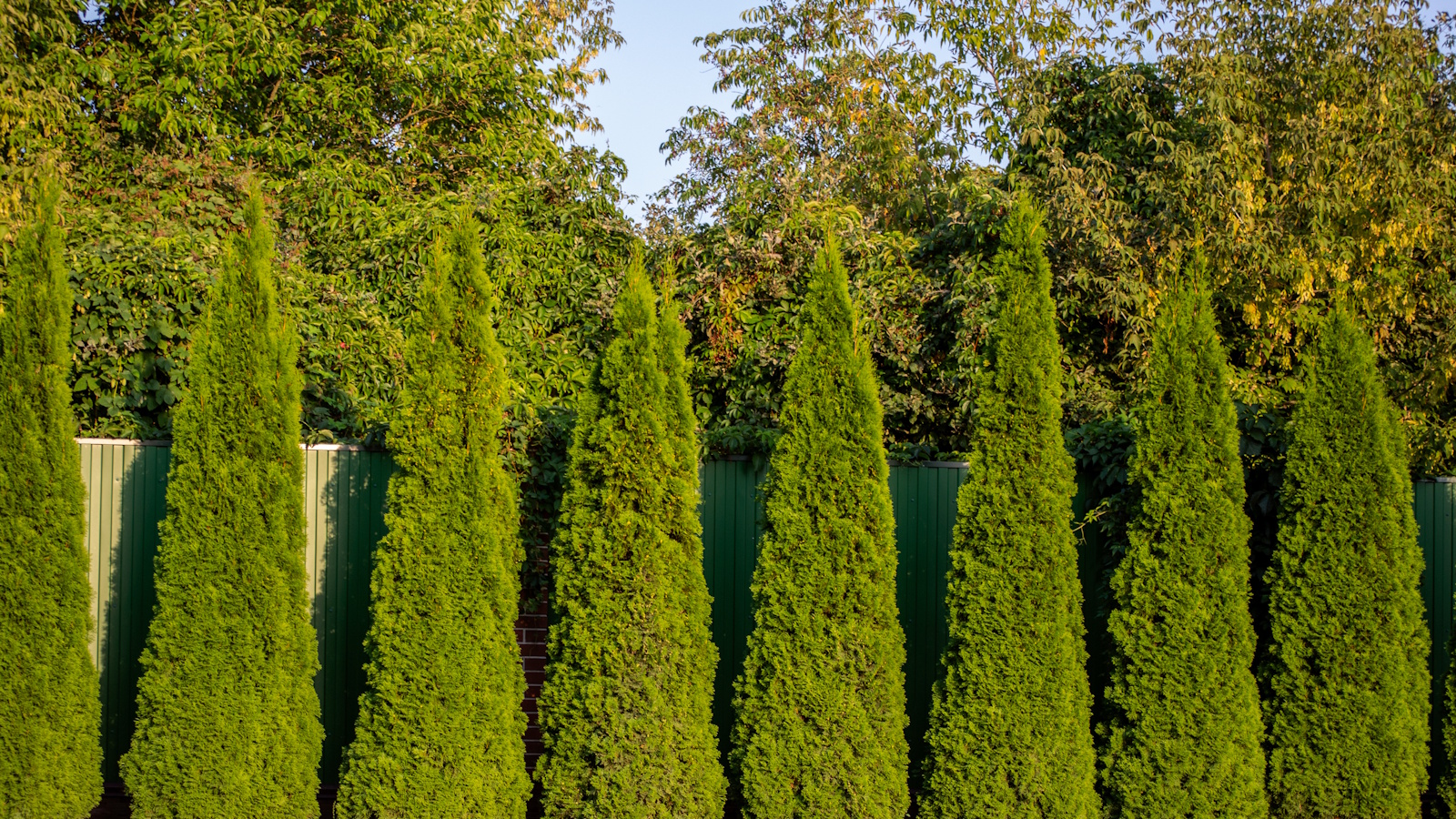

Arborvitae, otherwise known as Thuja, is a well-known evergreen plant typically used as a hedge or boundary plant. With year-round greenery and a dense growing habit, arborvitae can be relied on to create privacy and security.
There are five extant species of Thuja, all of which are small to large evergreen trees. Two of these species are native to North America, Thuja occidentalis and Thuja plicata, the latter of which is commonly referred to as the Pacific or western red cedar and is the largest Thuja species growing up to 230 feet. If you have a small yard, this mighty species might be one to avoid.
So, if you are looking for some of the easiest evergreen trees for your yard, arborvitae might be what you are looking for. Here, one plant expert and nursery owner from New Jersey reveals how to grow arborvitae.
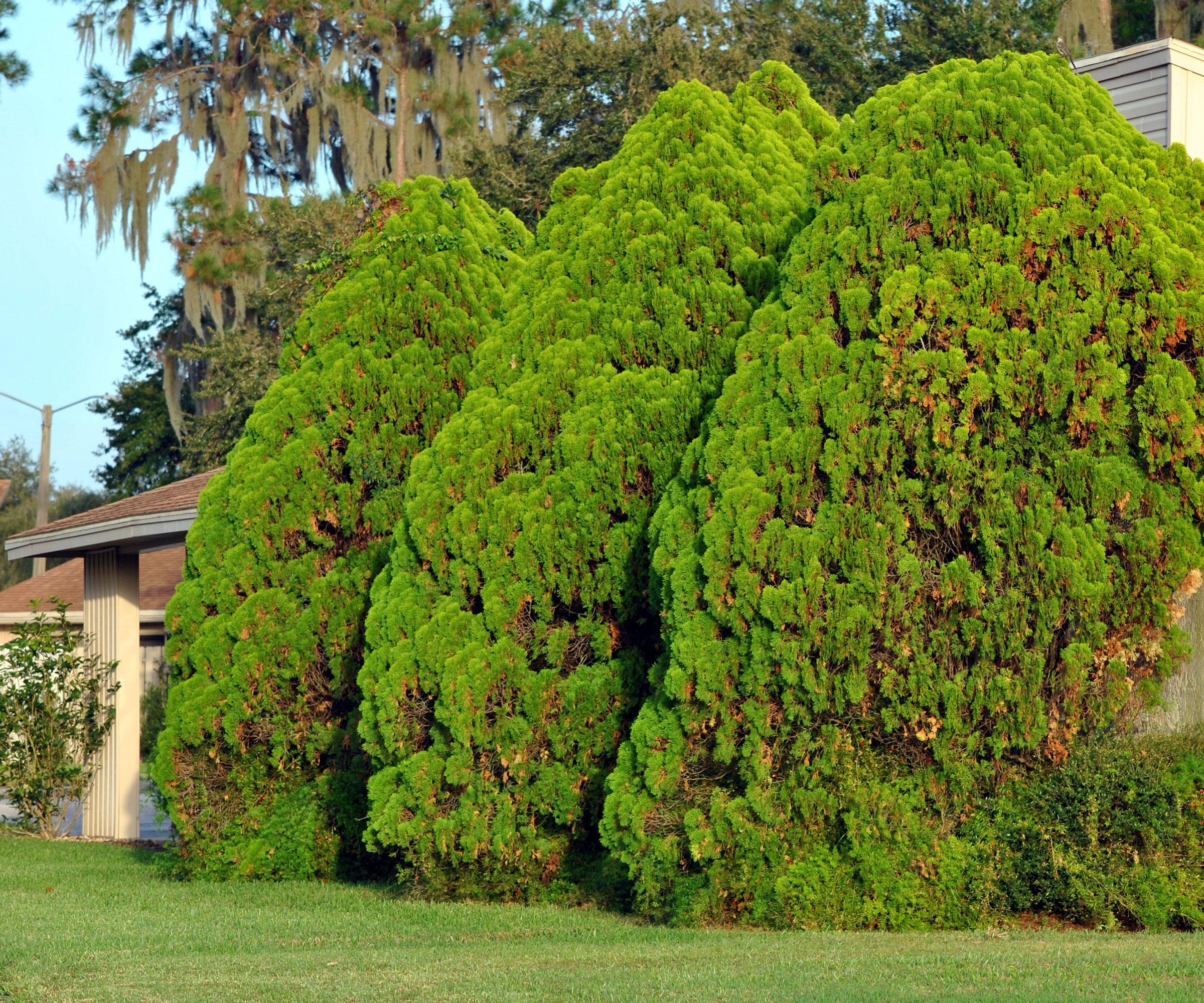
How to grow arborvitae
If you are looking for statement fragrant evergreens or fragrant hedge plants, arborvitae is one plant genus to consider, with the leaves producing a citrus-like scent when crushed.
While they do require maintenance to keep them under control, arborvitae can help to add greenery to boundaries - and let's face it, a green garden perimeter is far more attractive than bare walls or fences.
Growing habits of arborvitae
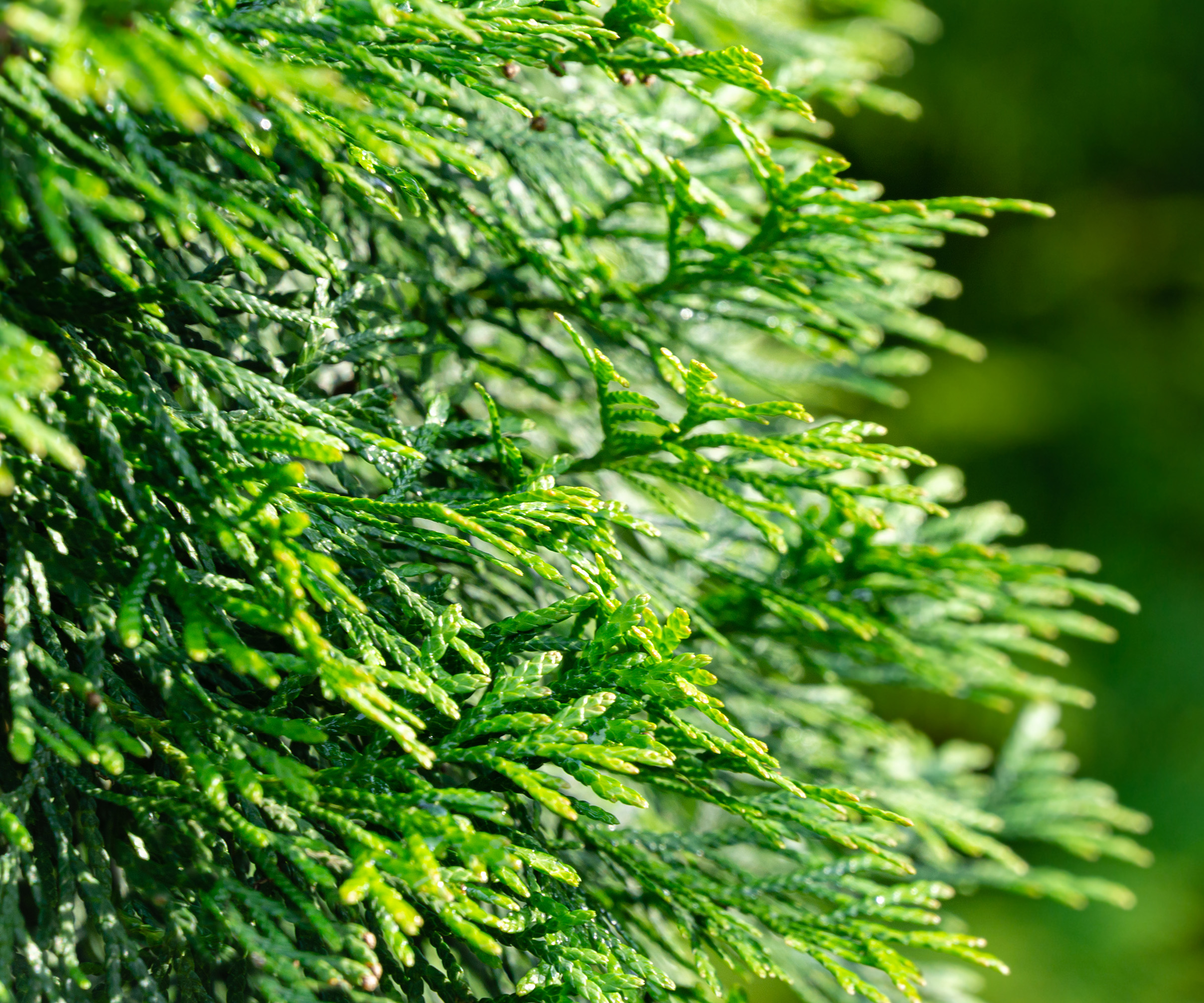
'Most arborvitae are fast-growing hedges, which should always be a consideration before you decide to plant an entire row of them,' says Bert Bast, garden expert and owner of Bast Brothers Garden Center.
'You must be prepared to carry out annual maintenance to prevent these trees from getting too large,' Bert adds. 'For example, the widely known ‘Green Giant’ variety can grow two to three feet per year once established.
'The important thing to remember is growth rates given by nurseries are for established plants, in other words, the growth rate in three years. I best explain this as: sleep, creep, leap,' Bert says. 'In the first year, or the sleep phase, there will typically be no noticeable growth. In the second year, the creep phase, there is just barely enough growth to notice, yet during the third year, the leap stage, you typically see an extraordinary amount of growth. From this point onwards, pruning is required.'
'All Thuja species are fully hardy and can be grown from US hardiness zone 3 to zone 7, and can withstand cold, wind and snow. For the best results, plant them in an open sunny site with plenty of room to grow.
'One of my favorite arborvitaes is Thuja occidentalis, a native plant to North America,' Bert says. 'I like the size and shape of the ’Nigra’ variety, which has a conical form. These trees are also a great place for birds to nest.' Thuja occidentalis live plants are available from Amazon.
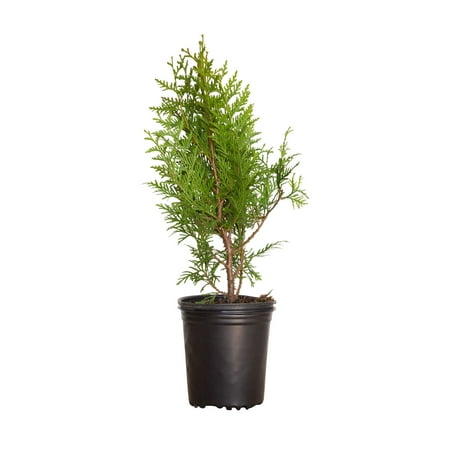
Thuja occidentalis 'Green Giant' is perhaps one of the best-known arborvitae plants, and for good reason. This fast-growing evergreen tree will add impact, height and privacy to any plot.

Bert Bast is a garden expert and owner of Bast Brothers Garden Centre. Established in 2014 and nestled in the heart of Mullica Hill, NJ, Bast Brothers Garden Center is a destination for all things garden.
Care guide for arborvitae
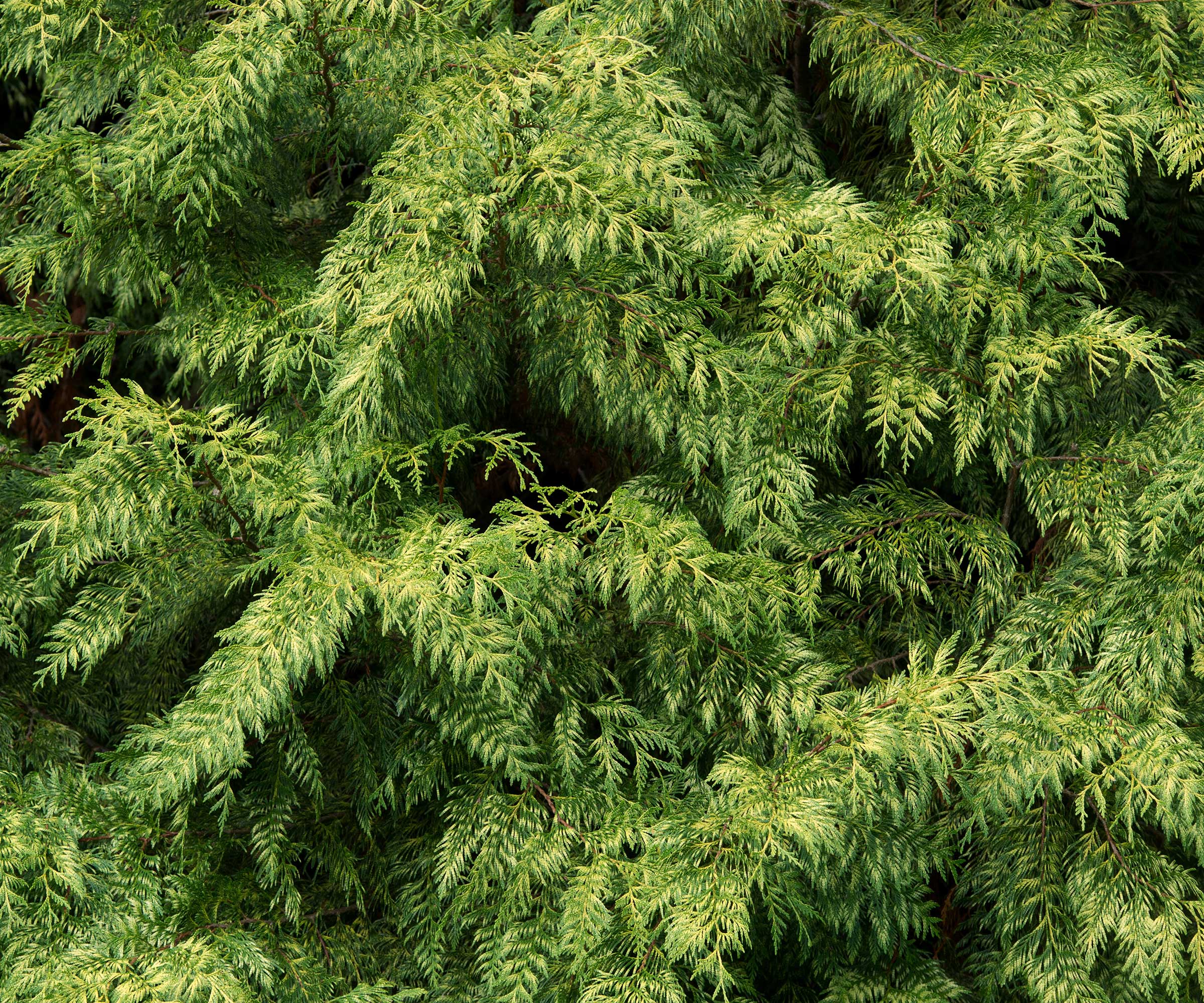
Soil: In terms of how to grow arborvitae plants, most prefer moist but free-draining soil. Avoid waterlogged borders, as they will not respond well to sitting in soggy soil for prolonged periods. Mulching your borders every year can help to improve the soil structure and add nutrients to the soil, which can be done at any time of year. Mulch is available from Amazon. In terms of soil pH, arborvitae plants prefer a neutral to slightly alkaline reading, so aiming for somewhere around the 6.5 to 7.0 mark is ideal. If you are unsure of your soil pH, use a soil test kit, available from Amazon.
Light: 'They grow best in full sun, but can tolerate a bit of shade,' says Bert. 'Arborvitae plants tend to grow much slower and can get a bit leggy in shaded areas,' so aiming for at least four to six hours of direct sunshine per day is best.
Watering: When your plants are young and settling into your yard, you will want to carry out deep watering twice per week during the spring and summer of the first year. Once established, all arborvitae plants are considered drought-tolerant, and should not require supplemental watering unless there is a lack of rainfall for long periods during the summer months.
Fertilizing: You do not need to fertilize arborvitae plants. These conifer trees are tough and self-sufficient, typically accessing the nutrients they need from the soil.
Pruning: 'Arborvitae plants take to pruning very well and are not too picky about how and when you do this,' Bert adds. 'I like to do my heavy pruning in the early spring but I won’t hesitate to go back at it again later in the season if I missed a spot or didn’t take enough off. If you are trying to keep them much smaller than they naturally want to be you may have to prune them multiple times per year.'
Toxicity: Arborvitae plants have a low level of toxicity, although the oil in the foliage can cause skin irritation and stomach upset if ingested. For this reason, it is a good idea to keep an eye on children who might enjoy playing around hedgerows and large trees. When pruning, wear gardening gloves, available from Amazon, to keep your hands safe. There are some reports that the foliage is toxic to pets, but arborvitae is not found on the ASPCA’s lists of toxic plants for cats, dogs, or horses.
FAQs
When should I plant arborvitae in my yard?
'While it certainly is easier to plant in spring or fall, you can plant arborvitae at any time of year,' Bert says. 'If the tree is planted in the fall there will be less stress on the plant by that first summer, as it will have plenty of time to establish in your yard. Be sure to incorporate some good quality soil when planting to give your trees the best start.'
Are there any arborvitae pests to be wary of?
'Arborvitaes are rarely troubled by pests or diseases, but one problem to look out for is bagworms,' Bert says. 'Bagworm moths are native to North America and the caterpillars can pick a tree clean in just a few days. You will be able to spot thinning or browning foliage, and upon closer inspection, you might find these little pests feeding on the needles. While this is mostly tolerable, larger outbreaks might require treatment.'
Deer are another pest to be wary of. In most cases, deer will snack on other plants in the yard, but they may nibble the lower-down foliage if hungry during the winter.
Most arborvitae plants should stay green throughout the year, but sometimes conifers go brown, which can be a cause for concern, thereby losing some of their evergreen vibrancy. Temperature drops can result in browning foliage, as can prolonged drought, so keep an eye on the soil in the hot months of the year.
For more inspiration, see our guide on how to create a native landscape for the year ahead, incorporating other native shrubs, trees and perennials into your plot alongside native arborvitae species.
Sign up to the Homes & Gardens newsletter
Design expertise in your inbox – from inspiring decorating ideas and beautiful celebrity homes to practical gardening advice and shopping round-ups.

Thomas is a Content Editor within the Gardens Team at Homes and Gardens. He has worked as a professional gardener for both public spaces and private estates, specializing in productive gardening, growing food and flowers. Trained in Horticulture at the Garden Museum, he has written on gardening and garden history for various publications, including The English Garden, Gardens Illustrated, Hortus, The London Gardener and Bloom. He has co-authored a Lonely Planet travel book, The Tree Atlas, due out in 2024.
-
 I thought I hated gray, but this one paint changed my mind and now I use it all over my home
I thought I hated gray, but this one paint changed my mind and now I use it all over my homeWhy Farrow & Ball Pigeon defies everything I loathe about gray paint
By Sophia Pouget de St Victor
-
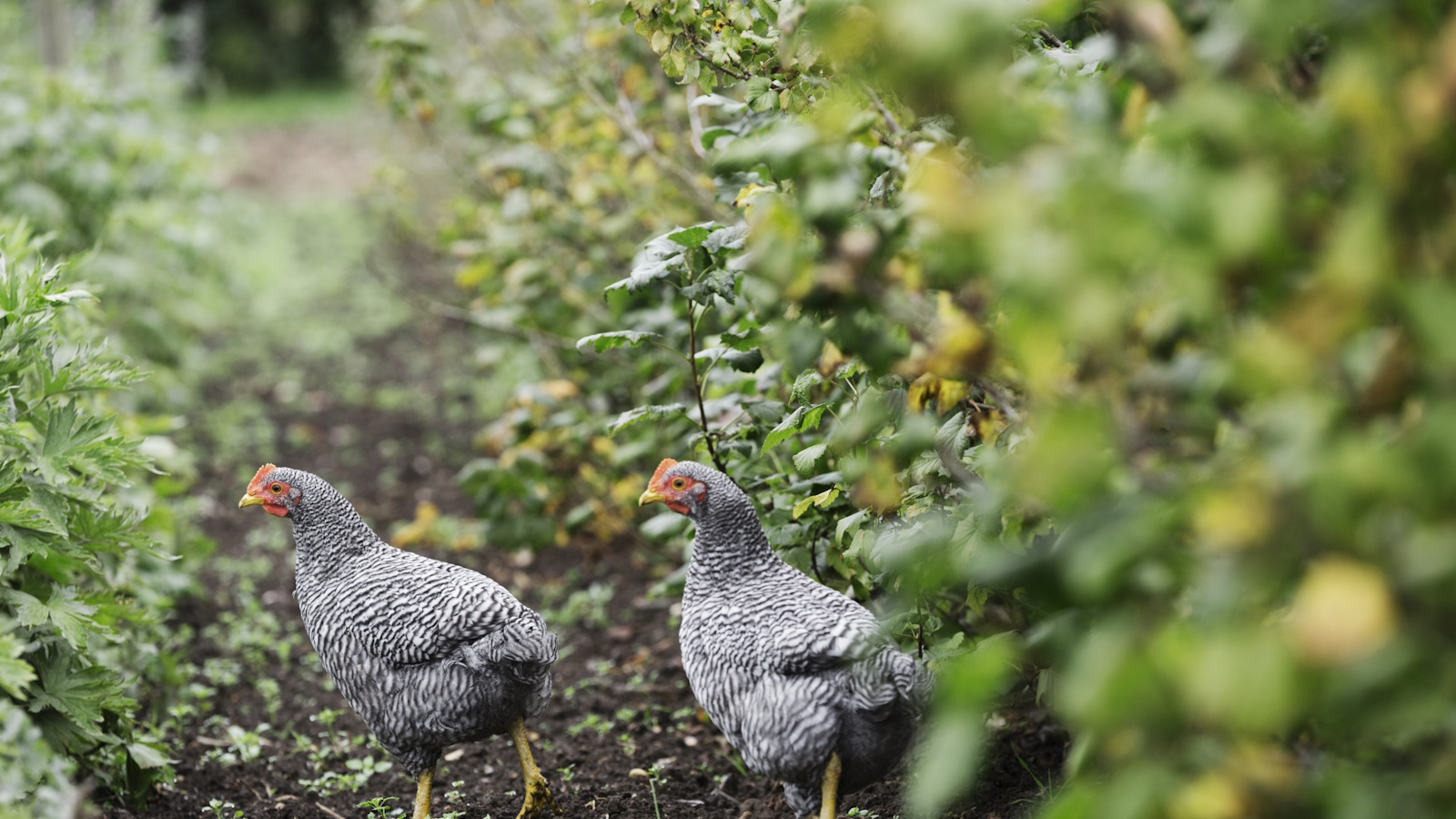 Best plants for a chicken run – 7 fragrant and floral plants for happy hens and beautiful coops
Best plants for a chicken run – 7 fragrant and floral plants for happy hens and beautiful coopsYour chicken run can be every bit as beautiful as your own garden, so long as you do your research first
By Kayleigh Dray
-
 Best plants for a chicken run – 7 fragrant and floral plants for happy hens and beautiful coops
Best plants for a chicken run – 7 fragrant and floral plants for happy hens and beautiful coopsYour chicken run can be every bit as beautiful as your own garden, so long as you do your research first
By Kayleigh Dray
-
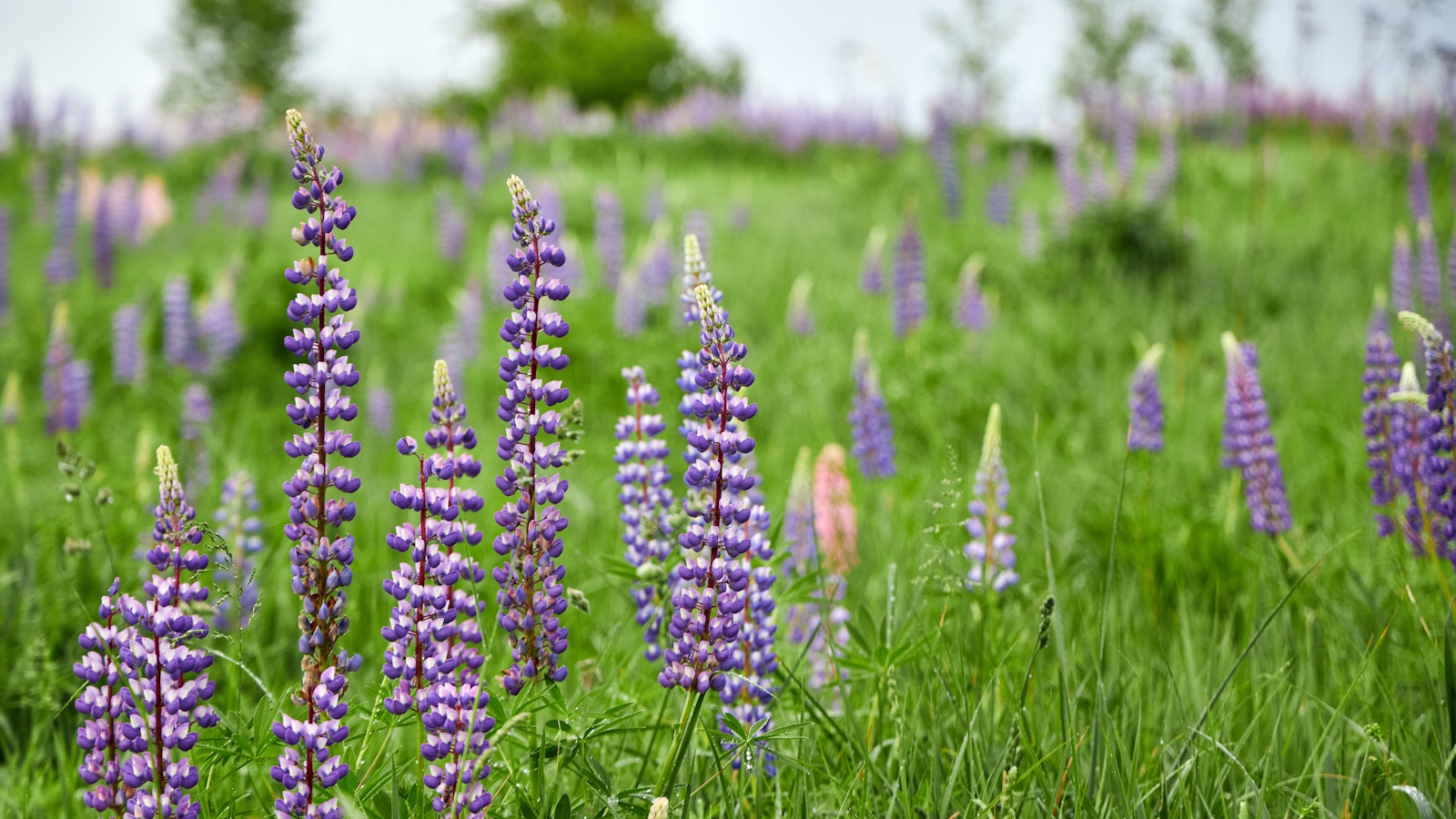 How to grow lupine – expert advice on growing this dramatic and vibrant cottage garden flower
How to grow lupine – expert advice on growing this dramatic and vibrant cottage garden flowerVibrantly colored flower stalks make swathes of lupines a sight to see in meadows and cut flower gardens alike
By Ellen Wells
-
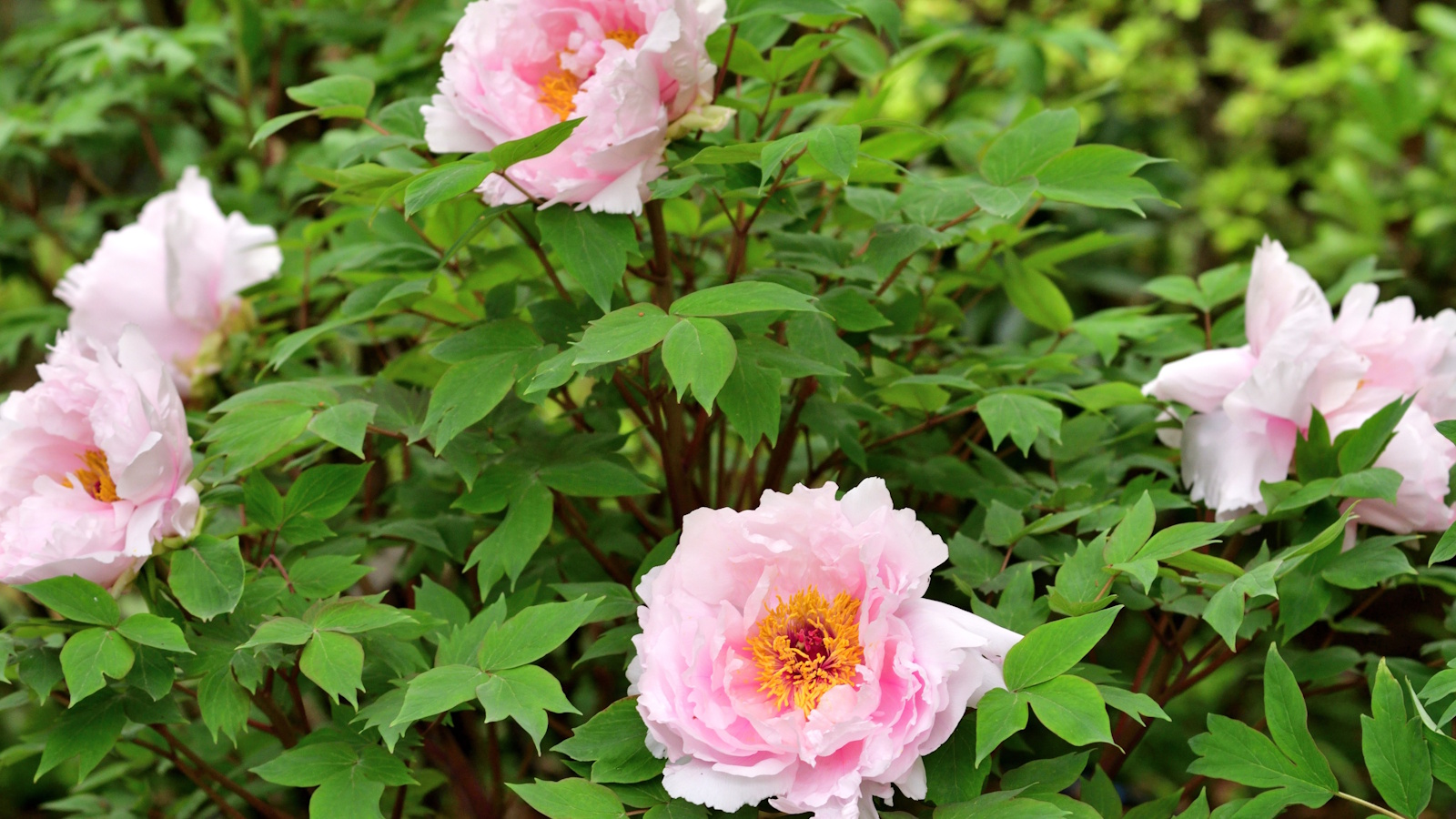 How to grow tree peonies in pots – for a show-stopping shrub that will thrive in partially shaded yards
How to grow tree peonies in pots – for a show-stopping shrub that will thrive in partially shaded yardsWith large, saucer-like blooms, tree peonies are the ultimate flowering shrub
By Thomas Rutter
-
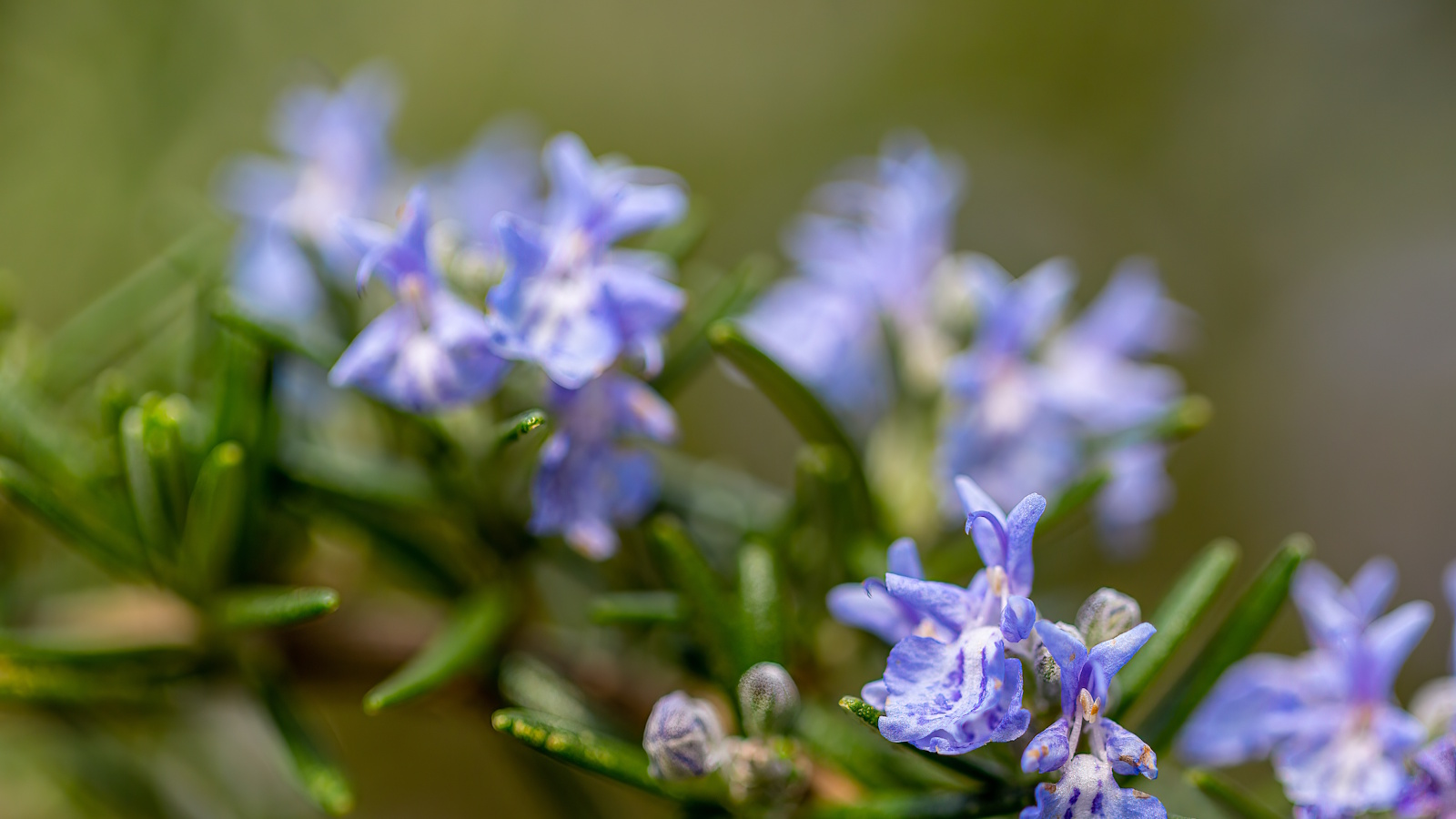 Can you revive woody rosemary plants? Expert pruning advice from a professional gardener to save old, leggy herbs
Can you revive woody rosemary plants? Expert pruning advice from a professional gardener to save old, leggy herbsWith the right pruning approach, old and woody rosemary plants can be brought back to life
By Thomas Rutter
-
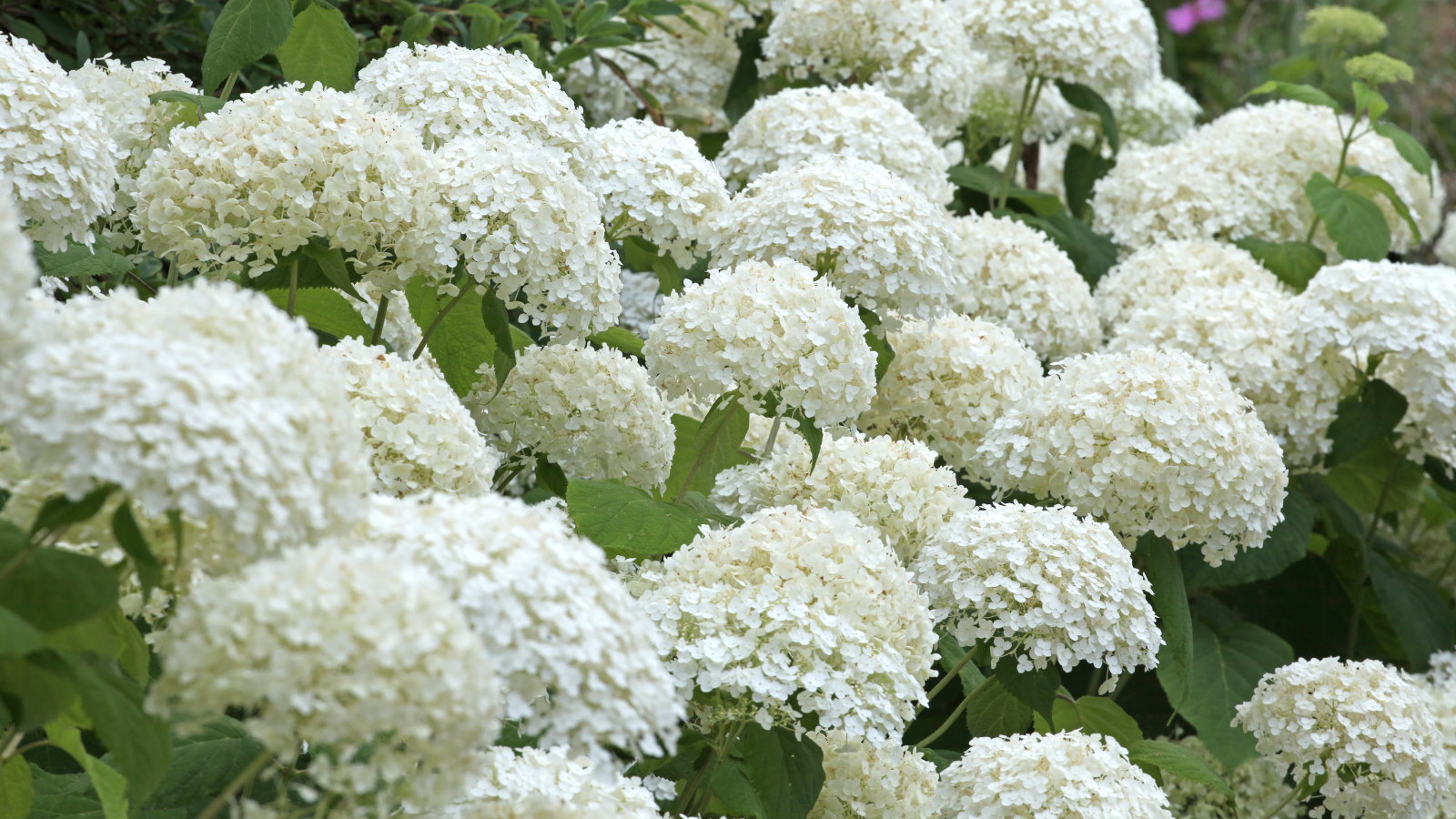 Your hydrangeas will flourish with bigger blooms and healthier growth thanks to this 1 natural material that is easy to use
Your hydrangeas will flourish with bigger blooms and healthier growth thanks to this 1 natural material that is easy to useDiscover why you should be using leaf mold to mulch hydrangeas
By Drew Swainston
-
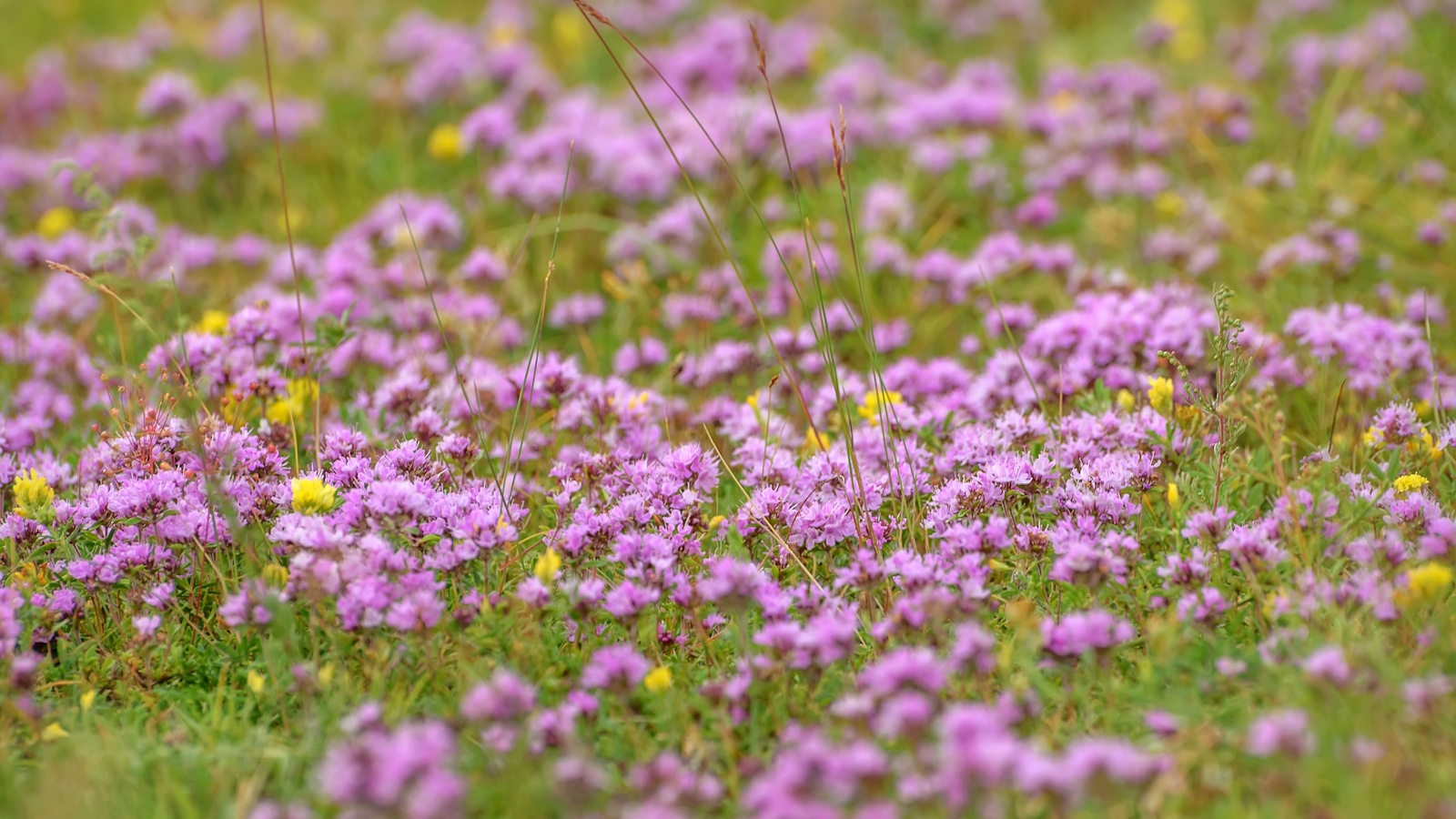 5 fast-growing tiny flowers – expert recommendations to fill your pots and borders with color in record time
5 fast-growing tiny flowers – expert recommendations to fill your pots and borders with color in record timeThese fast-growing tiny flowers prove that miniature can also be marvelous
By Thomas Rutter
-
 How to grow sassafras – for a low-maintenance native tree that can even be planted in shady yards
How to grow sassafras – for a low-maintenance native tree that can even be planted in shady yardsFor an easy-to-grow North American tree, you will not find much better than sassafras
By Thomas Rutter
-
 How to grow crepe myrtle in pots – and transform even the smallest of yards with dazzling flowers this summer
How to grow crepe myrtle in pots – and transform even the smallest of yards with dazzling flowers this summerGrowing crepe myrtles in pots will inject splashes of brilliant color into your outside space
By Thomas Rutter